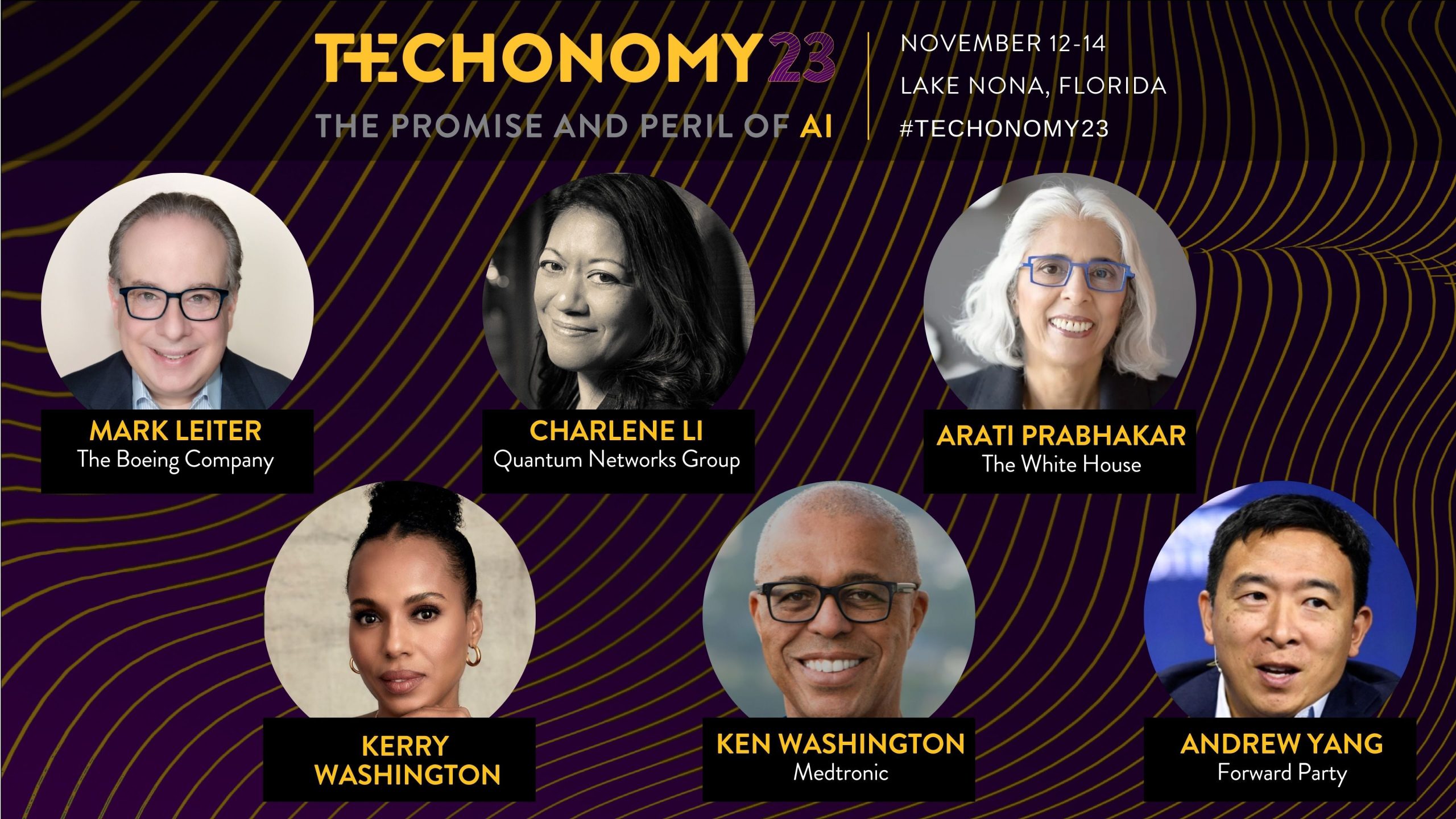Software never sleeps: You don’t have to worry about getting your broker on the phone if it’s a bot. And given conversational AI’s limited phone presence, you’re probably better off just texting with it. That was the sales pitch for robo-investing services a decade ago when they began going up against traditional advisors by applying algorithms to make and monitor investments.
But the rise of generative AI has enabled systems that can carry on open-ended conversations and at least appear to come up with original thoughts and creations. They are opening possibilities for more personalized financial services as AI evolves from a tool for fund managers to something that investors can interact with directly.
The bull case for that: AI will do everything robo-advising formulas did but with more nuance and greater awareness as it learns. “AI is capable of deep-learning algorithms, whereas robo advising was based on machine learning and algorithms,” writes Suchi Mishra, associate dean for faculty affairs and a professor in the finance department at Florida International University in Miami. Robo-advising will have to advance to the latest phase of AI, she says.
Investing AI in action
Q.ai, a new service from Jersey City, N.J.-based Quantalytics Holdings, pitches itself as a logical next step. It offers no-fee “investment kits” of four to 20 securities in a market sector. They are picked by an AI that assesses things like market metrics, news, Google search trends, and social-media sentiment.
As of July 7, Q.ai reported year-to-date returns for these kits that ranged from 52.36% for a cryptocurrency kit to negative 8.28% for a “Recession Resistance” offering.
ETF Managers Group’s AIEQ, launched in 2017, offers a longer history for comparison. The Summit, N.J. firm says it uses IBM’s Watson AI platform to analyze millions of data points from news, social media, industry, and analyst reports, plus financial statements on over 6,000 U.S. companies, and technical, macro, and market data, among others.
Over the last five years, the fund has returned 4.9%—trailing the 11.78% five-year return of Vanguard’s benchmark S&P 500 index fund. It also trails two large actively-managed funds: the American Funds Growth Fund of America, at 9.81%, and Fidelity’s Contrafund, at 11.04%.
Saying “research is still nascent in this area,” FIU’s Mishra pronounces herself unsure about whether AI-routed investing can beat the market. (In fact, any actively-traded fund, whether humans or bots click the “sell” buttons, can struggle to match index funds’ returns because equity sales in actively-managed funds incur capital gains taxes that don’t affect passively-managed index funds.)
Could widely distributed AI investing worsen market fluctuations? Pawan Jain, assistant professor of finance at West Virginia University in Morgantown, W.V., thinks we already live in that world.
“AI in investing has been in existence for a long period of time,” he says, pointing to how program trading (automated transactions triggered by preset conditions) accelerated the 1987 market crash, as well as the large role of high-frequency trading algorithms today.
However, the biggest fear many people evoke about AI is not the subpar performance and panicked trading that human managers already deliver. It’s the potential of new generative AI systems like ChatGPT to “hallucinate” or otherwise make stuff up.
Guardrails Required
AI investing and financial planning services often emphasize that they haven’t just handed over investor wallets to a machine-learning model.
AIEQ’s founders have noted that human employees monitor their AI output for signs of emerging bias. Art Amador, a partner in the fund, says that the company is developing a transparency tool that will allow banks and asset and wealth managers to check its data inputs and investment decisions. Q.ai, owned in part by Forbes Global Media Holdings Inc., makes similar points in its online FAQ.
Abu Dhabi-based startup Nemo uses a ChatGPT model called text-davinci-003 to let non-U.S. investors (it has yet to register in the States) ask questions they might put to a human broker. But Nemo, too, says it doesn’t let AI go off-leash.
“We guard against hallucinations by consistently reviewing the questions our users ask, the answers Nemo AI provides, and then adjusting how we train our version of the model,” spokesman Nick Scott writes in an email. “At our most recent review, we hadn’t seen any hallucinations,” he adds.
But while holding an AI system accountable may be difficult, convincing customers of the effort involved may be much harder. “It’s difficult to reverse-engineer some of the decisions that AI is making,” says Jain. “Until we know that we are wrong, and we know where we went wrong, it’s really difficult to write the code that will not make the same mistake.”
To one of the first mass-market robo-investing firms, those issues argue for confining AI to a back burner.
“All of the algorithms we use to provide advice are explainable”—meaning an expert can decipher their output—“and they’re deterministic, meaning the algorithms will produce consistent outputs given the same inputs,” writes John Mileham, chief technology officer of the pioneering robo investing firm Betterment, in an email. “Many AI systems, like ChatGPT, will fall short of these properties, which prevents us from using them directly to provide financial advice.”
One of Betterment’s tests of an unspecified AI had it flub one of the most fundamental questions about investment planning: How long will a portfolio support a retiree? “The math it ran was faulty, and it applied the logic incorrectly, which led to a bad answer,” says Nick Holeman, director of financial planning at the New York firm, in that same message.
Other investing firms continue to develop AI-based advice systems. Toggle AI aims to use an implementation of ChatGPT that it says will be programmatically constrained to stick to providing reality-grounded answers to investors’ questions. But some observers think an untiring AI can yield more benefits in the less exciting parts of financial planning—like answering client questions.
Software doesn’t get bored by seeing the same questions, says Jain. And an AI can, or at least should, get smarter as it learns from experience with each run through the data.
“I’d love an AI to automatically calculate current and expected cashflows by connecting to my accounts and ensure that I’m in line with my goals for spend, savings, etc.” says Ali Nawab, CEO and co-founder of Toronto-area startup Agentnoon, which offers AI-based management services to companies.
Possible Upsides for Newer Investors
And more people may benefit from automated help. Jain cites an Indian fintech firm, Fisdom, that uses automated tools to provide financial guidance to a broader base of customers.
“It’s opening up a sort of area where it wasn’t available for these low net-worth individuals,” he says, including ones who don’t have employer-based retirement benefits “It’s not only helping individuals get into stock market investments, but also it’s helping them save for any future needs.”
Scott, with Nemo, makes almost the same point. “The main thing we’ve come to notice is that people who previously didn’t have access to ask a human questions about investing are now able to do so,” he says.
But AI’s potential changes to the business are broad enough that even investors with a human broker on a first-name basis may see its changes. Betterment, for example, has already realized that AI is worth a spot in its back-office systems.
“Our use cases remain limited to selecting the most relevant answer to customer support questions via AI-assisted chatbots,” Mileham says. But its human staffers are a different matter. “Bettermenters already use generative AI tools to summarize meeting transcripts, diagnose and debug software issues, help draft internal communications, learn about new technologies, and more.”
So if your broker sounds less weary about work, the market might not deserve the credit. AI may have lifted a few burdens from that human’s shoulders.
Join us for Techonomy 23: The Promise and Peril of AI












